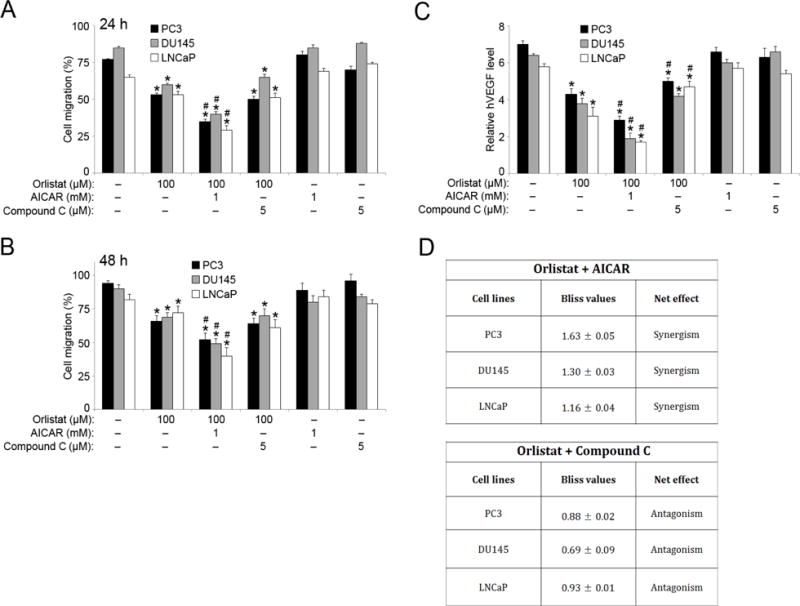Figure 6. Orlistat and AICAR combination inhibits cell migration and angiogenesis.

PC3, DU145, and LNCaP cells were seeded in 12-well plates separately and a 1 ml pipette tip was used to scratch a line in the center of each well. Cells were washed with PBS before being pre-treated with AICAR (1 mM) or compound C (5 μM) for 1 h. The cells were then either left untreated or were treated with Orlistat (100 μM) for 24 and 48 h time points. Pictures were taken after (A) 24 h and (B) 48 h. ImageJ software (Java image processing, NIH) was used to measure the distance (%) of migration versus control. (C) PC3, DU145, and LNCaP cells were pre-treated with AICAR (1 mM) or compound C (5 μM) for 1 h. The cells were then either left untreated or were treated with Orlistat (100 μM) for 48 h, and VEGF levels were assessed by ELISA. (D) PC3, DU145, and LNCaP cells were pre-treated with AICAR (1 mM) or compound C (5 μM) for 1 h. The cells were then either left untreated or were treated with Orlistat (100 μM) for 24 h. MTT assay values were then used to determine the combinatorial effects of Orlistat (100 μM)-AICAR (1 mM) and Orlistat (100 μM)-compound C (5 μM) in PC3, DU145, and LNCaP cells predicted by Bliss Independency model. Representative data from three or more independent experiments is shown. Values are mean ± S.E.M (n = 3). *, p < 0.05 versus control. #, p < 0.05 versus Orlistat treatment.
